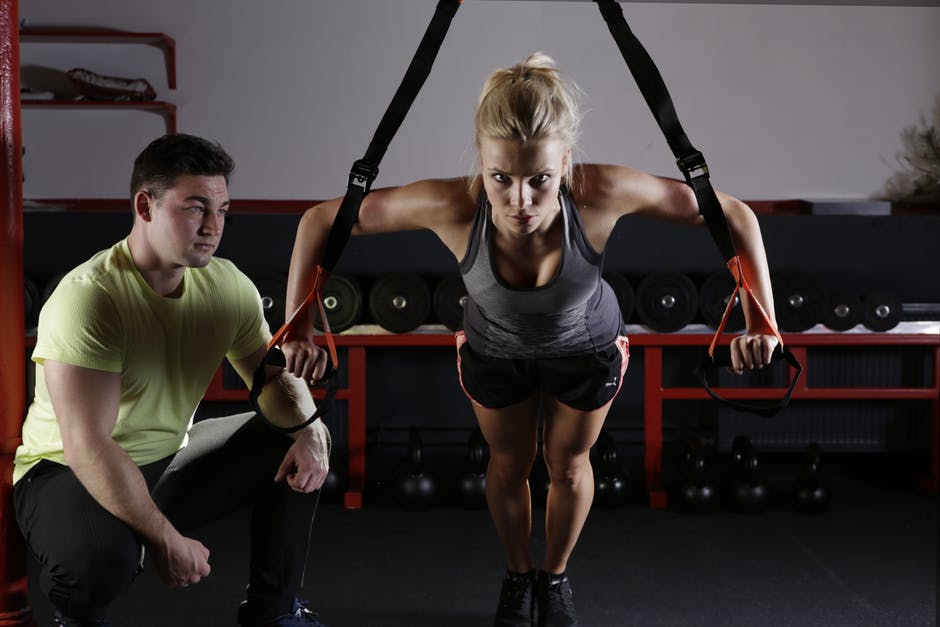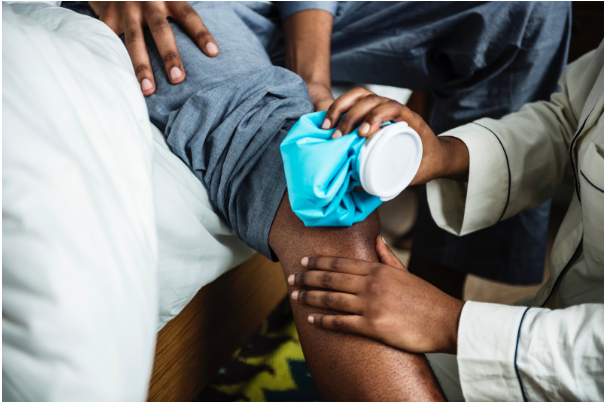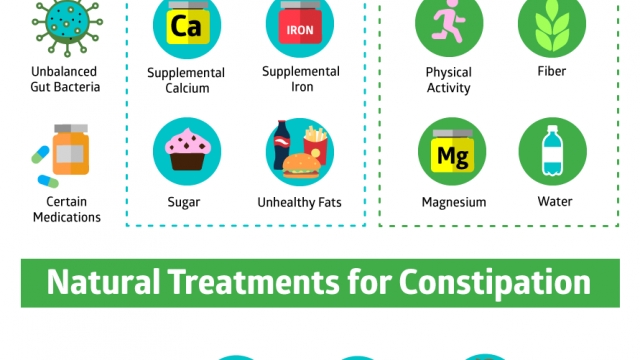So you’ve nailed down your fitness routine, balancing aerobic cardio and strength training, building up endurance and efficiency, you’ve got it all down, right? Maybe not. Even for many athletes and avid fitness gurus, the post-workout “recovery” period seems to fall off the radar or not get much attention.
Maximizing recovery plays a significant role in actually boosting your own performance, potentially preventing post-workout soreness, and especially, building and toning muscles. Check out these essential recovery tips to enhance your fitness regimen:
Stretch
Stretching your muscles and limbs after a workout may seem antithetical. Don’t you want to limber up before you hit the treadmill or lift weights? While a dynamic warm-up (jump squats, burpees) prior to your workout is important for waking muscles up and boosting blood flow, it’s the 10 to 20 minutes of stretching after your workout that is going to help build and lengthen muscle and enhance your flexibility.
After a workout, your muscles are warm and pliable making them perfect for stretching, lengthening, and drawing out. When you do this, you’re helping boost blood flow to the muscle to flush out toxins and built up waste products, as well as reorganize jumbled muscle fibers and aid repair and muscle regrowth.
Pack in the Protein and Potassium
Your post-workout nutrition plan is vital to an effective recovery period. Stimulating protein synthesis with food simply means eating and drinking after a workout to help fuel the cells in your body, which are going about fusing and creating new proteins to build new muscle tissue. 20 to 50 grams of protein after a workout may be ingested in the form of a foods like a shake with whey protein in it, milk, peanut butter, yogurt, or tuna, for example.
Potassium also plays an important role in recovery so stock up on bananas, electrolyte drinks, potatoes, milk, melon, avocado, and spinach with your post-workout snacks and meals. Potassium is a mineral you use to transmit electrical signals from the brain to the body, helping regulate muscle contraction and fuel muscle energy.
Sleep
No don’t take a nap right after your workout, but do focus on getting quality sleep each night, and at least 7 to 8 hours of it. Not only does quality sleep provide you with energy the following day to keep up with your fitness routine, but it’s a key time for the brain and body to go about restoring itself. Did you know that while you sleep your brain goes about clearing out toxins and other free radicals which can cause cell damage?
In the same way, uninterrupted sleep powers your body’s cell reproduction and repair, as well as lowers cortisol levels, and even moves short-term memories into long-term storage. To get better sleep at night avoid blue light from tech devices up to 2 hours before bedtime, aim to go to bed around the same time each night, and sleep on a comfortable mattress that supports good spine alignment.
Low-impact Activity
You gotta love a good rest day! Days between weight lifting circuits are especially crucial to helping the body recover quickly, but sticking to the couch and scrolling through instagram all afternoon isn’t ideal. Active recovery through low-impact activities like hiking, taking brisk walks, foam rolling, cycling, and even dancing can keep muscles limber, boost blood flow during recovery, as well as prevent soreness and achiness.
You may even plan on a recovery (rest) week that falls every 3 to 5 weeks of workouts or weight lifting. Why? Plainly put, to avoid overtraining. While setting and hitting fitness goals are key to staying motivated and confident, overtraining can lead to dysfunctional recovery periods, fatigue, and chemical imbalances in the body. A recovery week may involve simply accomplishing about 50% of your normal workout routine, and doing some of the dynamic recovery activities listed above.
Address Pain
Lifting or working out through acute pain, even if it’s doing something more gentle like practicing yoga, could potentially lead to injury and a total sidelining of your fitness routine. Chronic pain, like in the knee when running or in the foot when lifting weights, must be addressed as part of the recovery period.
This could involve something as simple as starting to wear orthotic insoles or hammer toe pads, or bracing the ankle or knee to stabilize and strengthen movements. When in doubt, scheduling time with a medical doctor or sports medicine specialist to discuss your concerns and limitations will help you formalize a treatment plan to get you back into fighting shape.
Taking tactical, informed steps towards boosting your body’s natural recovery time after a workout can make a big impact on your own gains, agility, and performance. What is your best recovery period strategy?





